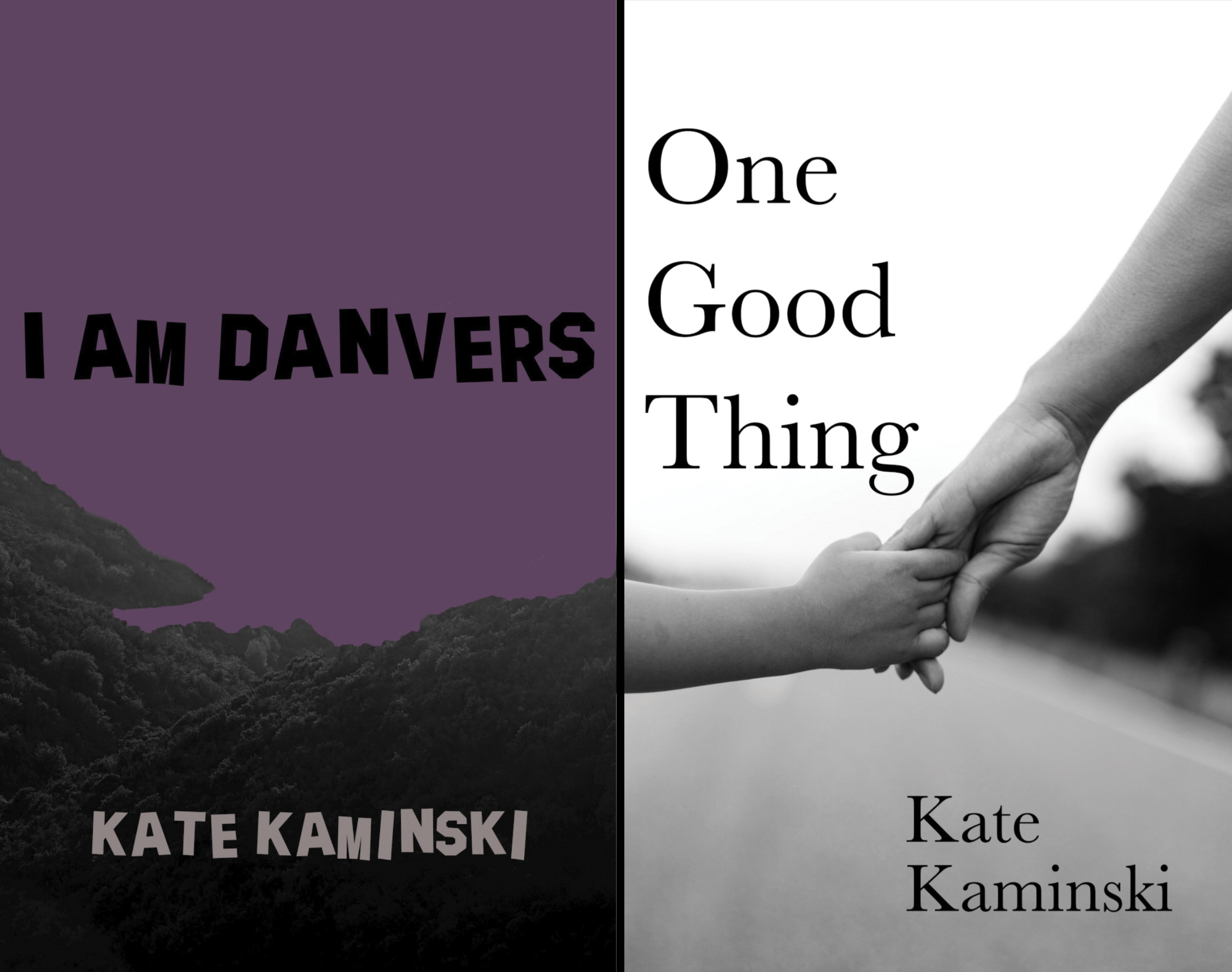Alright – so today we’ve got the honor of introducing you to Kate Kaminski. We think you’ll enjoy our conversation, we’ve shared it below.
Kate, thanks for joining us, excited to have you contributing your stories and insights. Did you always know you wanted to pursue a creative or artistic career? When did you first know?
When I was growing up, my mother used to tell me I was going to be a writer but I didn’t have the confidence to pursue my love of writing and couldn’t imagine what that kind of life would be like. I thought I had to be practical and accept that a creative life wasn’t possible for me. But by my late twenties, I was burned out on dead end clerical and secretarial jobs, so one day I declared myself a writer and over the course of a couple of years, wrote my first (unpublished) novel. A couple of years after that, I made an impulsive decision to go back to school to earn a graduate degree in film production at Boston University. I’ve always loved the movies and my plan, such as it was, was to become a screenwriter.
On day one, however, I fell in love with the process of filmmaking so it was more like I had no choice about what I was going to do from then on. I did learn how to write screenplays there, but soon realized the allure of being in control of how that screenplay was realized. Throughout the 90s and well into the 00’s, I considered myself a filmmaker first and a writer second.
What I never expected was to make a return to novel writing, but that’s exactly what happened in 2020. At the time, I thought I was never going to be able to make another film. After all, filmmaking is a group activity and that wasn’t feasible during Covid. And I desperately needed a creative outlet. I couldn’t predict if filmmaking would ever be feasible again, so in the fall of 2020, when a writing acquaintance suggested we buddy up for National Novel Writing Month, I accepted the challenge. That novel became “One Good Thing.” After that, I started the next novel. “I Am Danvers” took almost four years to complete but this spring both novels will be published in e-book and paperback, and now I’m working on a cozy mystery that takes place in Maine.
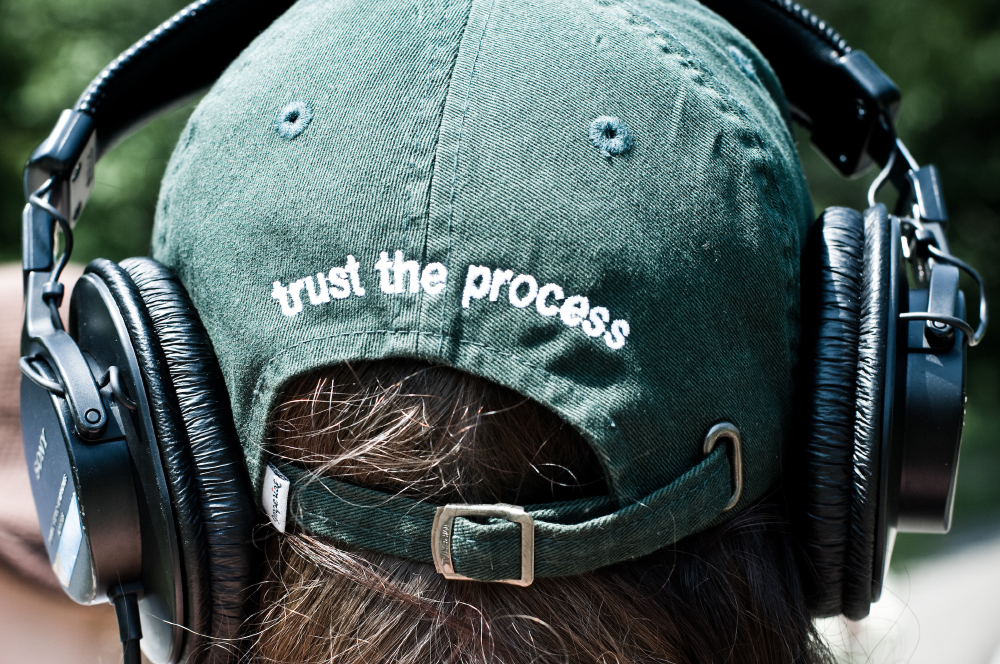
Kate, before we move on to more of these sorts of questions, can you take some time to bring our readers up to speed on you and what you do?
How I got into writing was as a reader, and I suppose the same goes for how I got into filmmaking because I’m a confirmed film addict. For me, books and films were gateway study materials to developing my art and craft in both disciplines over many years.
What sets me apart from others could be my willingness to not play it safe, to take risks and experiment. In terms of writing, that hopefully means you won’t necessarily be able to guess what any character I create will do to get what they want. In film, it has always meant giving our audience stories and characters that don’t fit into tidy little boxes. And I don’t need a fifty thousand dollar camera to make beautiful images either. I was a very early adopter of video which has enabled me and my collaborators to create unique cinematic stories on tiny budgets. We started on Hi-8 and mini-DV so today’s iPhone cameras give us even more visual fidelity and flexibility in production that big cameras can’t offer. In fact, two early low-budget features we made (“Trip” and “The Barghest”) were shot on digital video and have now been re-mastered to be re-released in mid-May on Blu-ray by our distributor Gemini Entertainment.
After film school, I never once considered getting an industry job, and now that I’m writing long form fiction, I’ll be independently publishing both of my novels in a few weeks. I suppose you could say that my creative soul is a rebel and that I’m not particularly inspired by traditional pathways. I just have to make the work and trust that I will find my audience, wherever they may be. I’m all about making work that asks the reader/viewer to question their expectations and take a walk on the wild side.
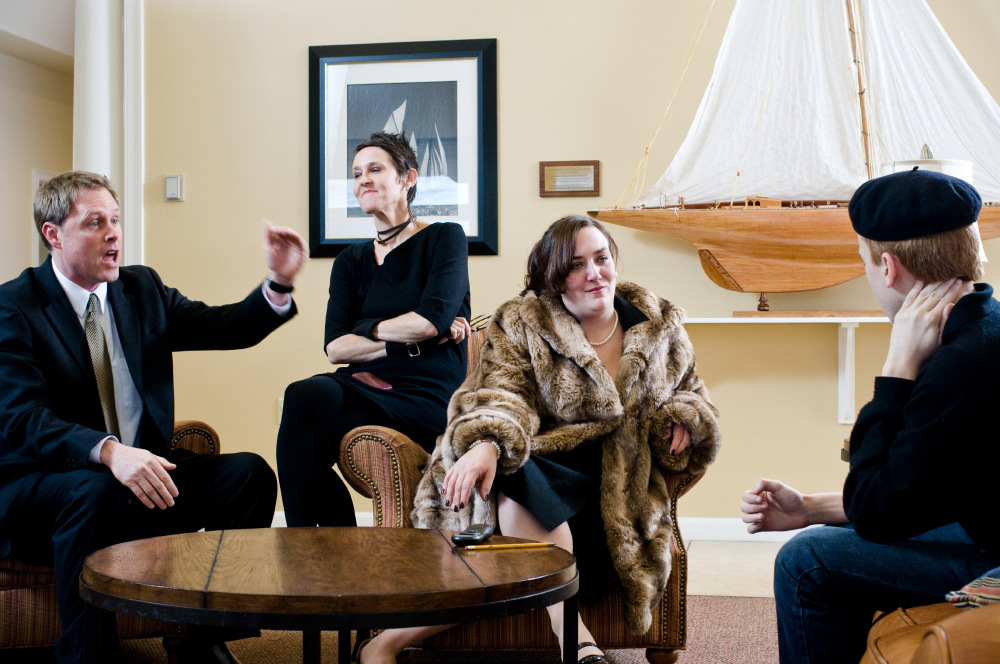
Have any books or other resources had a big impact on you?
I was highly influenced early on in my life as a filmmaker by the cinematic output of both John Cassavetes and Spike Lee, but I also treasure Lee’s book written with Lisa Jones’ about the making of “Do The Right Thing.” I consider it a blueprint for filmmakers working independently.
Both Lee and Cassavetes forged their own unique styles, and invented groundbreaking visual strategies to support that style, independent of the Hollywood studio system. Cassavetes was influenced by documentary realism and, in his early films, employed an improvisational scripting and shooting style that filmmakers strive to emulate to this day. Lee is a consummate innovator as well, combining both personal and universal realism with artistic camera movement and risk-taking mise-en-scene, always on his own terms. At the time when I was first starting out, their examples helped me realize I too could forge my own pathway to self-expression.
However, I would not call myself an entrepreneur since my goal isn’t about profit making. I’ve always had a “day job” that supports my art habit. Perhaps some day, the culture will be more supportive of the rebellious, outsider artists like me, but because profit is prioritized, many never make the attempt because it’s so hard to sustain. I believe that is the culture’s loss.

What do you find most rewarding about being a creative?
I have always loved stories and storytelling. When I’m “in” a story, nothing else exists except that world. If I can create that experience for somebody else whether in a piece of writing or on-screen, that’s a win for my particular brand of self-expression since I’m not aiming for universal appeal or perfection. So I speak to readers and viewers who want something unexpected, possibly unorthodox and, yes, definitely imperfect. But it’s being able to express myself that is the greatest reward.
Contact Info:
- Website: http://www.katekaminski.com
- Instagram: @gitgofilms
- Youtube: https://www.youtube.com/@gitgofilms
- Other: Bluesky: https://bsky.app/profile/gitgofilms.bsky.social
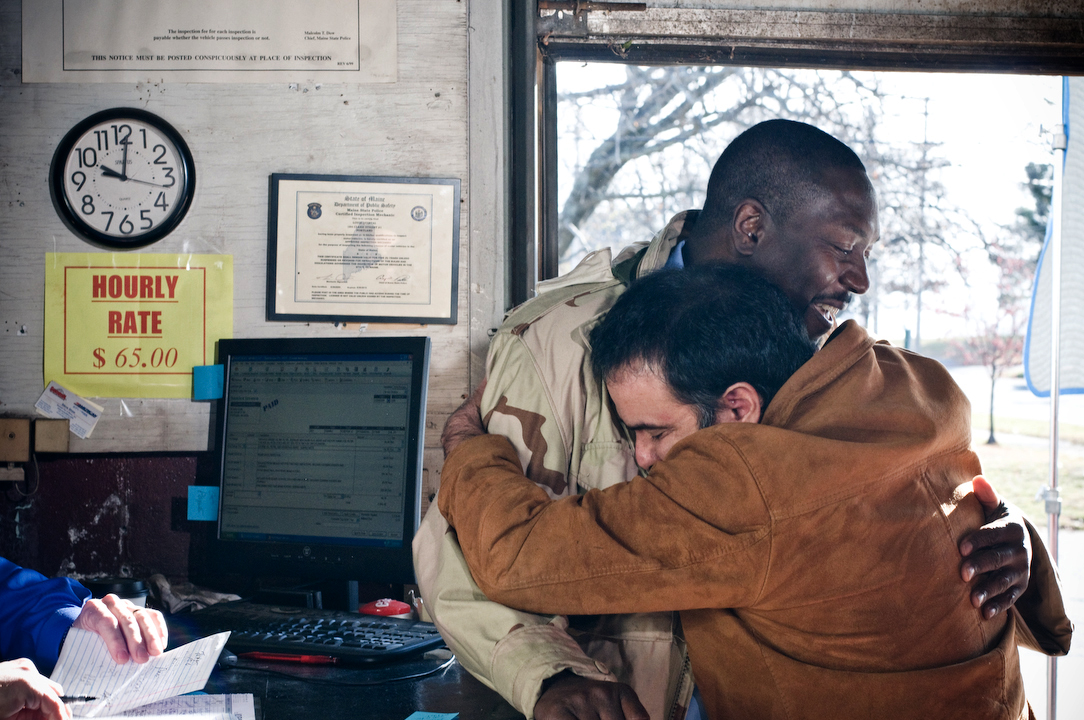
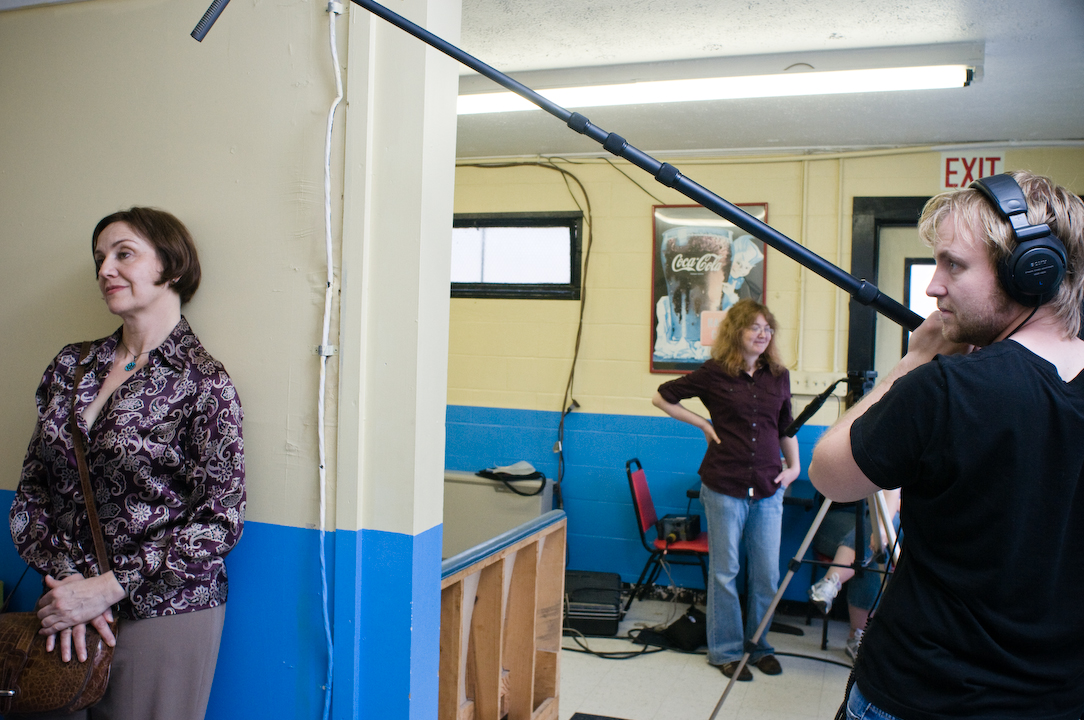
Image Credits
All images copyright Gitgo Productions, LLC


